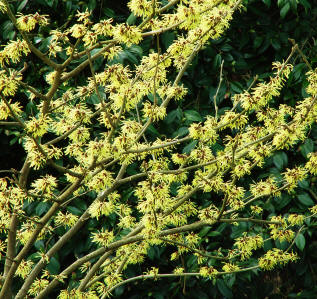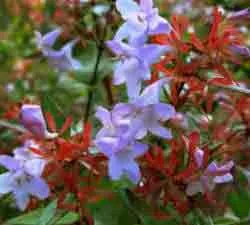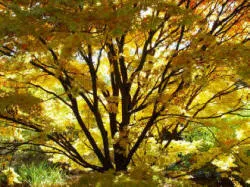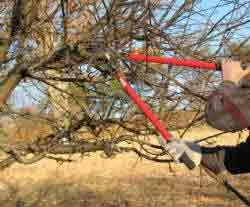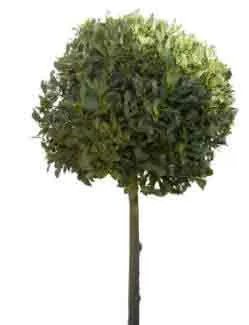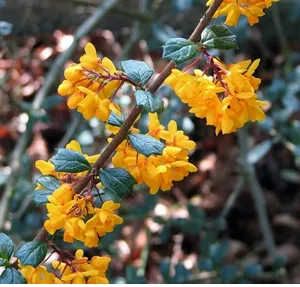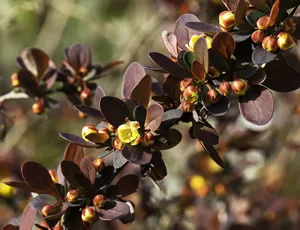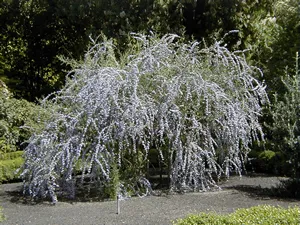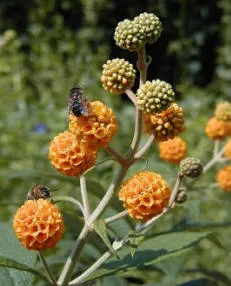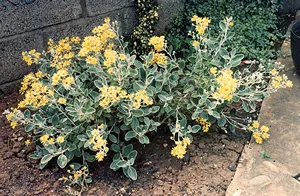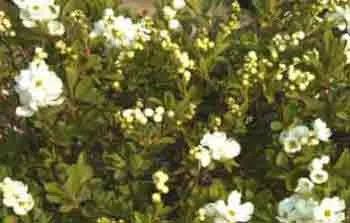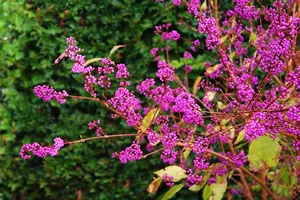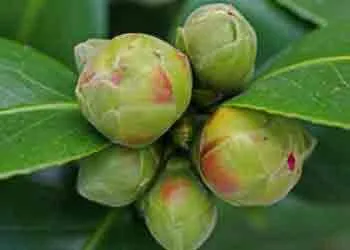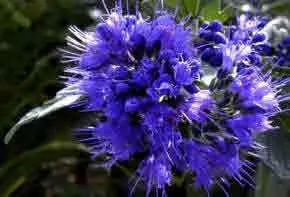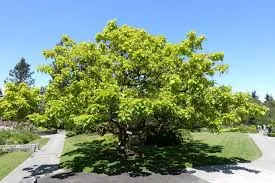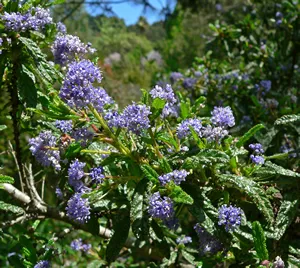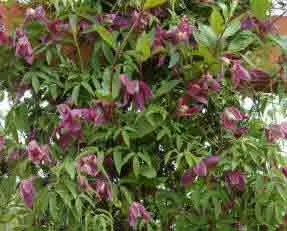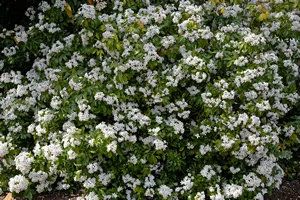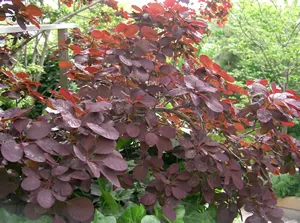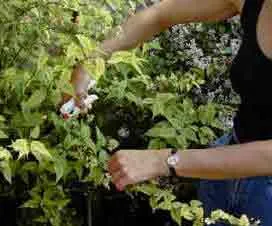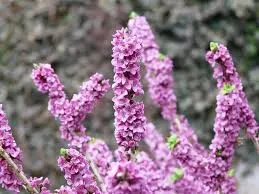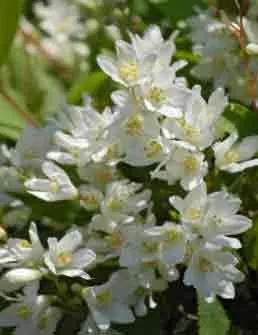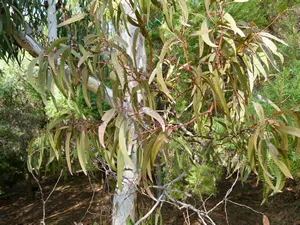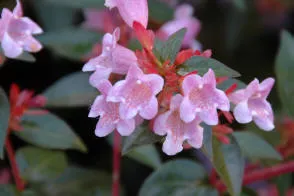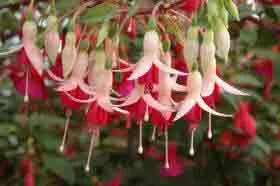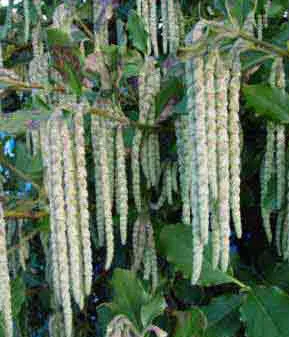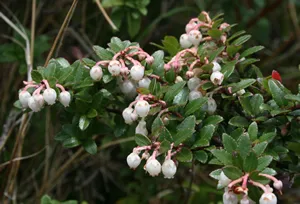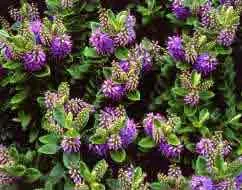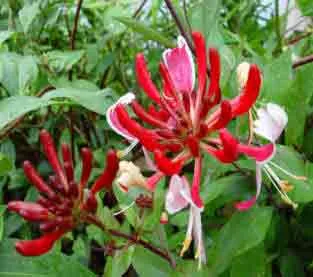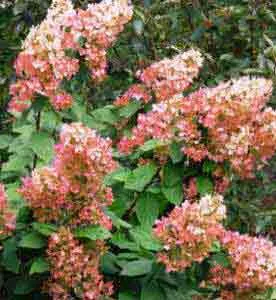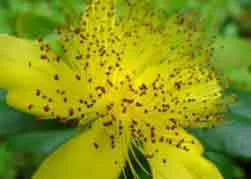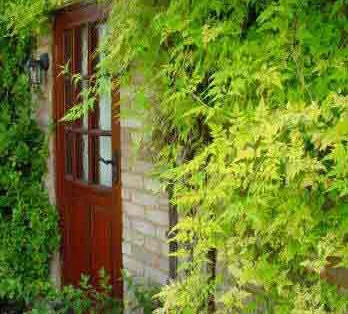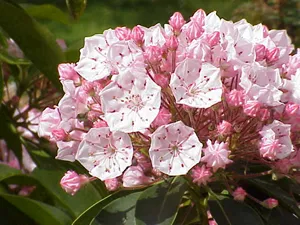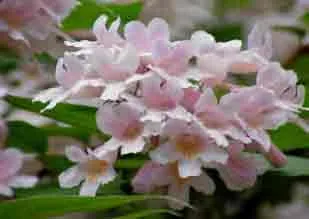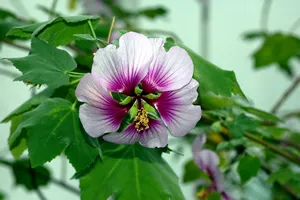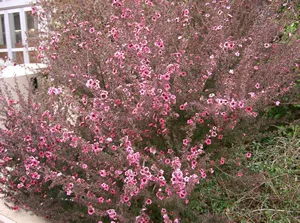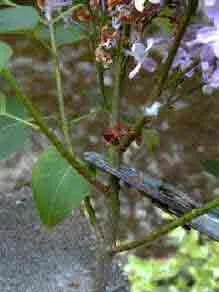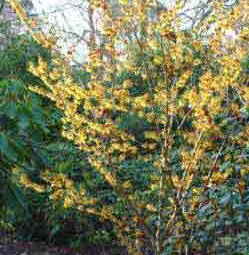
This should be the shortest page on the website, for the Witch Hazels - Hamamelis - rarely if ever, need any pruning.
But of course, all of us gardeners need to do things that don't really need doing, or have to rectify something we did or planted many years previous, as we find out that the said shrub or plants, does indeed grow to the height stated on the label. This is as it is with Hamamelis.
Witch Hazels are so slow growing, that it is often planted in a situation where we feel that it will never outgrow. Time moves on, and plants grow, as does the ponderous Hamamelis. Sure as the sun will sometimes shine, the Hamamelis will indeed reach it's stated height and spread of 12 feet - or 4 metres, and the spread will be similar. That is why I write a page about pruning Hamamelis
If you are reading this page in preparation for buying and planting a Witch Hazel, be aware - not warned - that it will eventually grow as stated. A magnificent show for winter, and also autumn. Plant it in the right place, and you never have to refer to this page again.
If on the other hand, you are having to access this page because of a 'planting error' many years ago, then read carefully.

